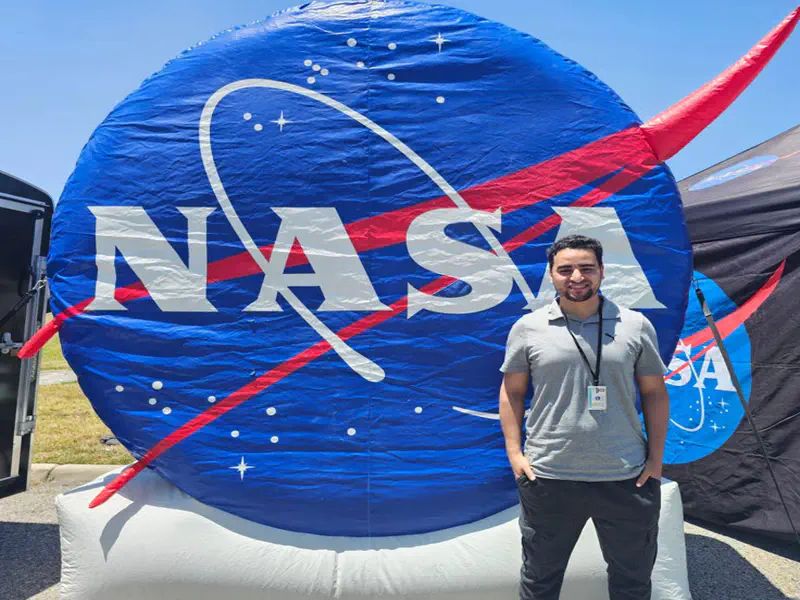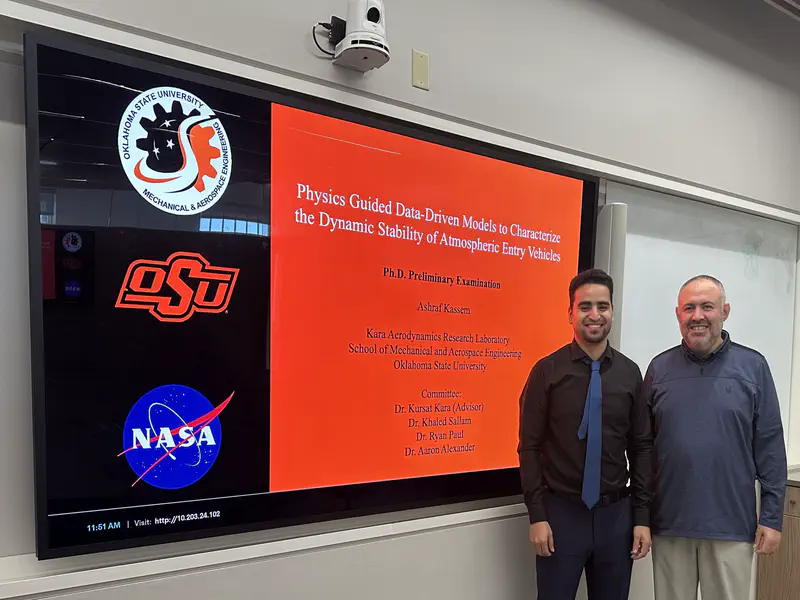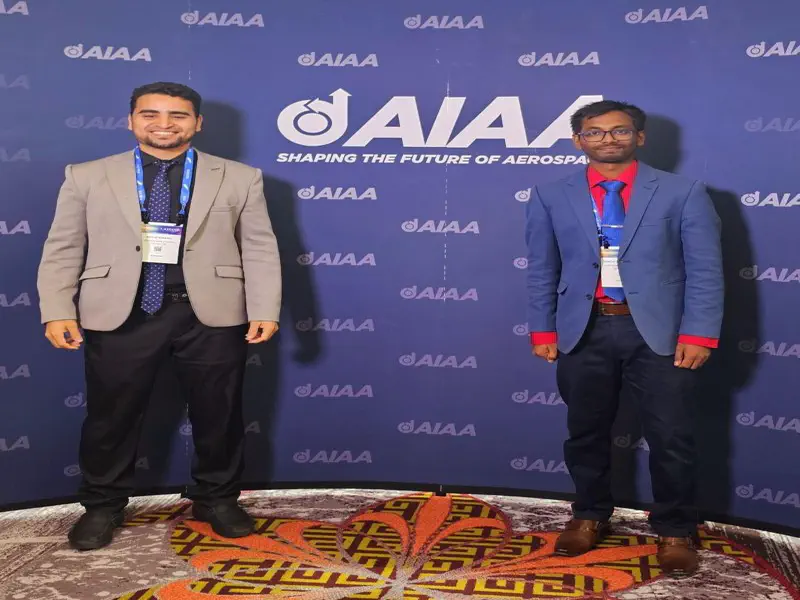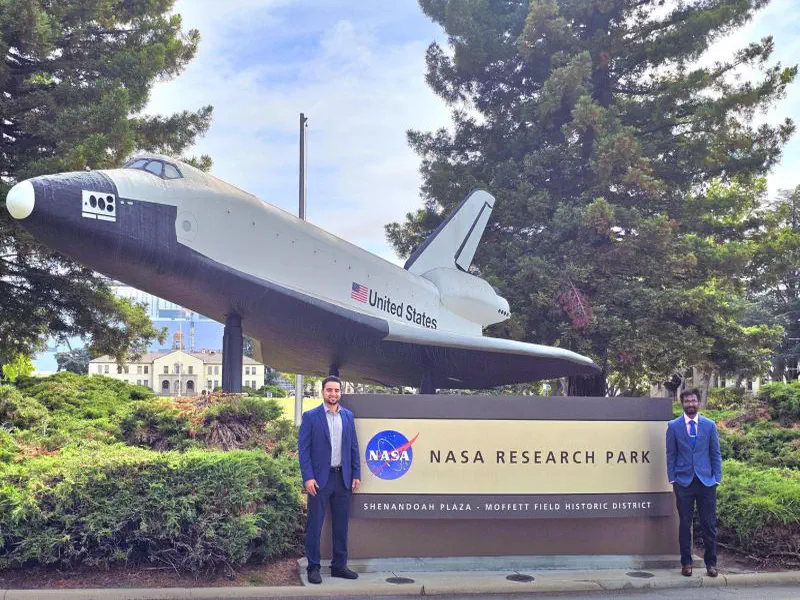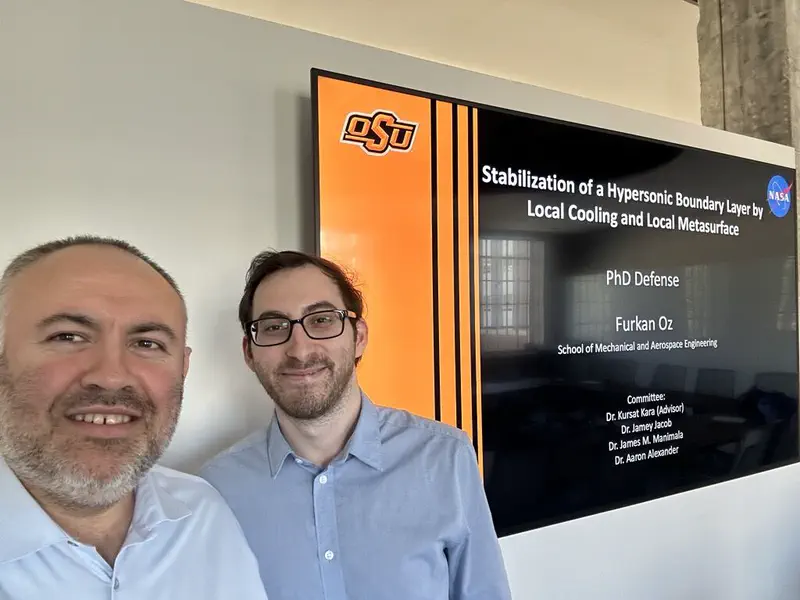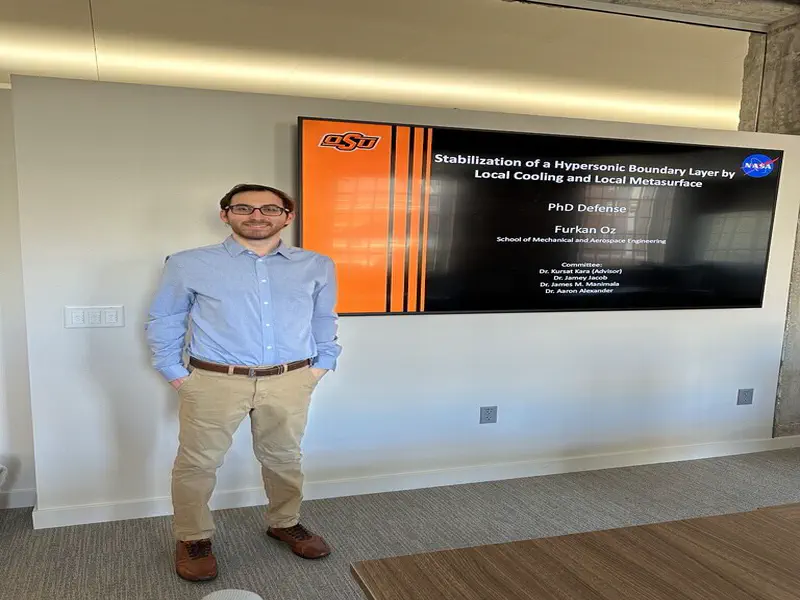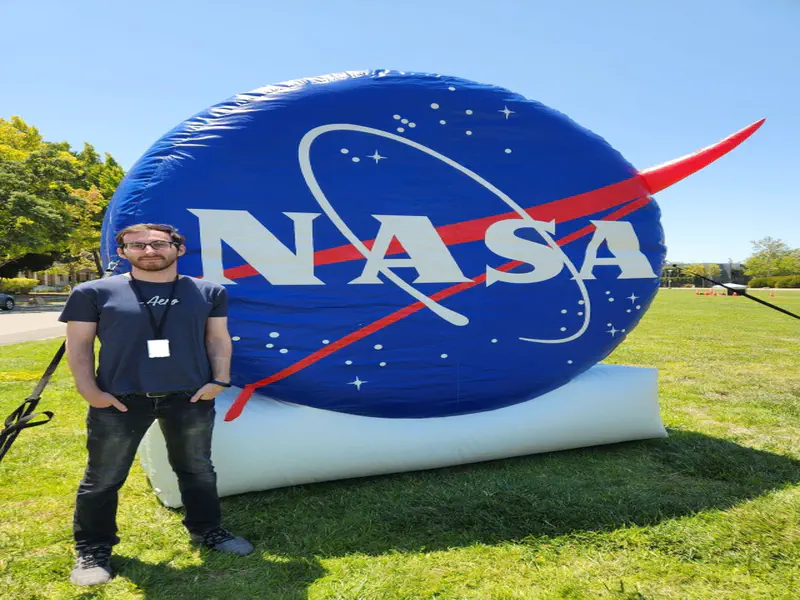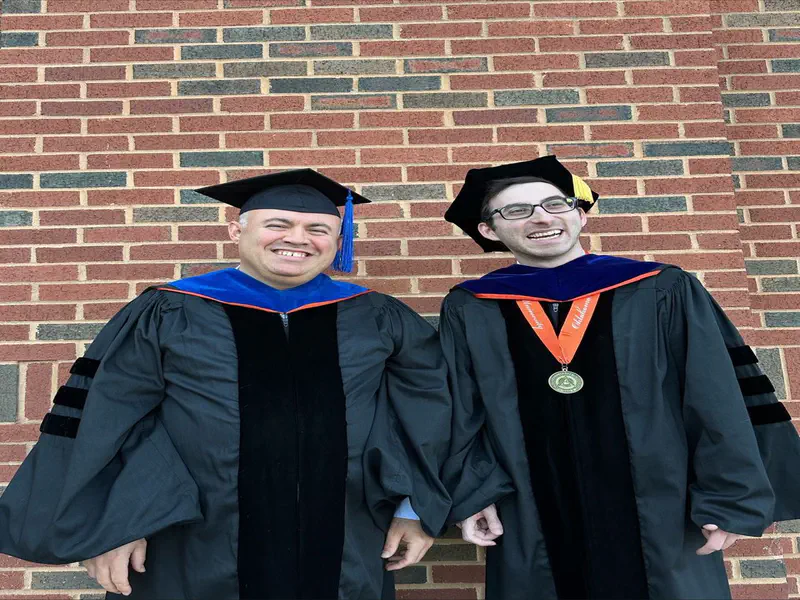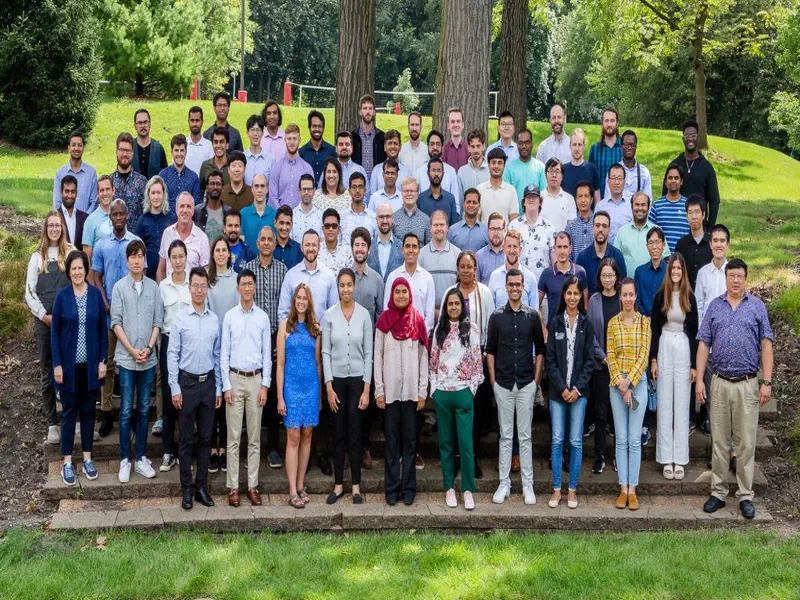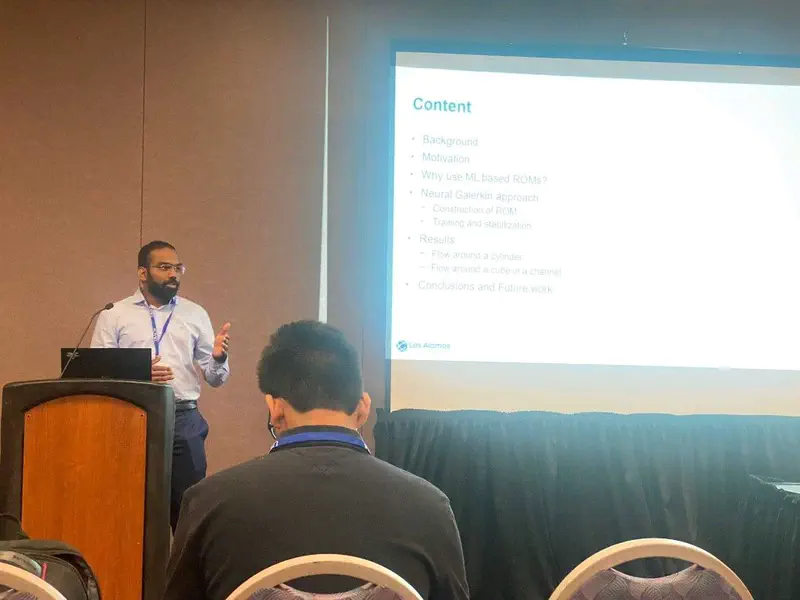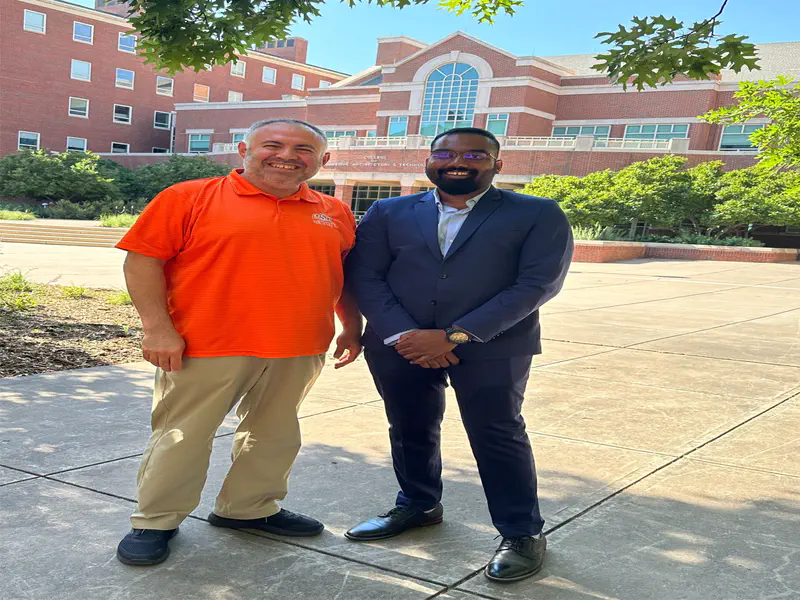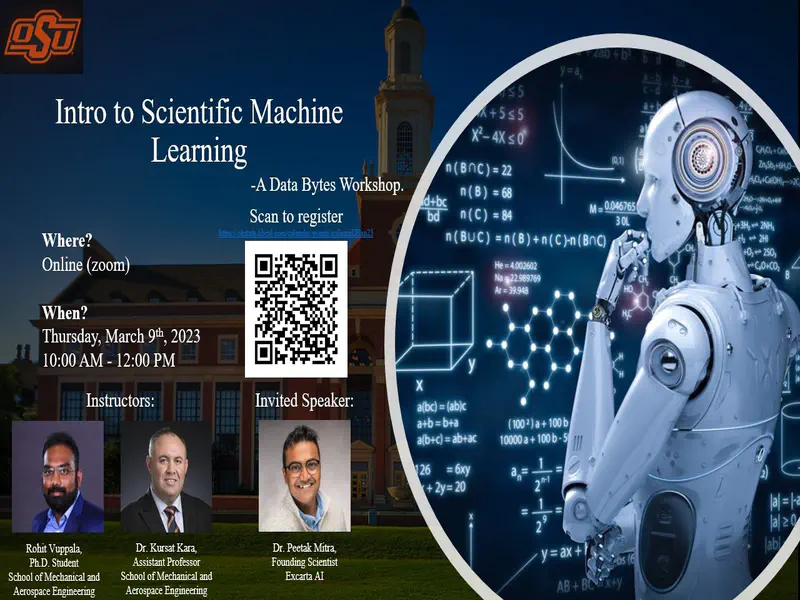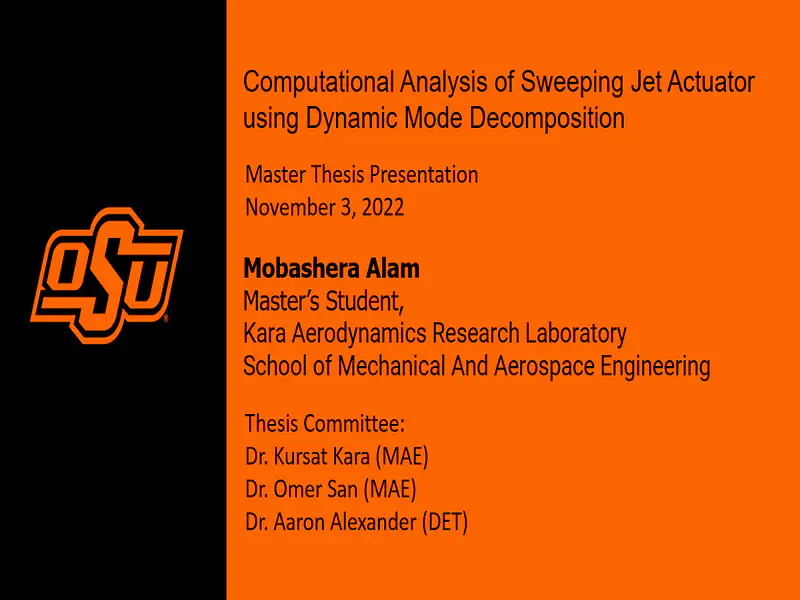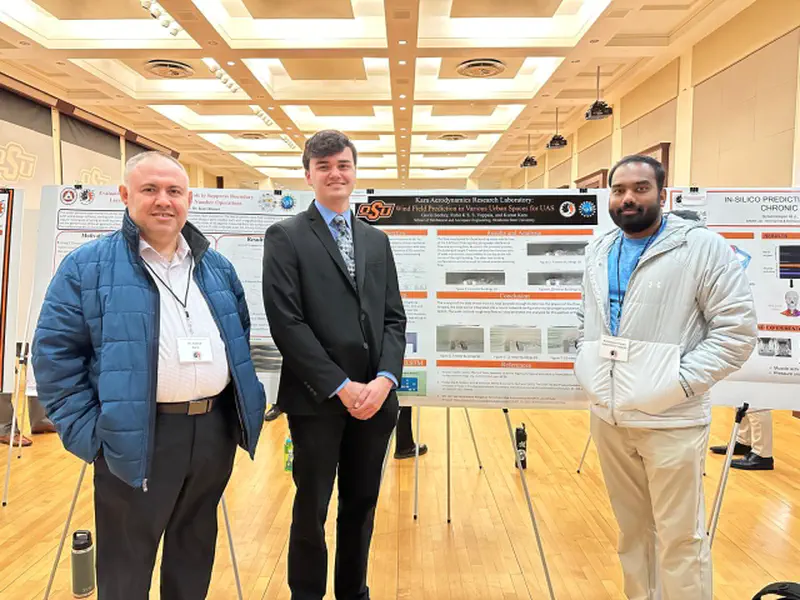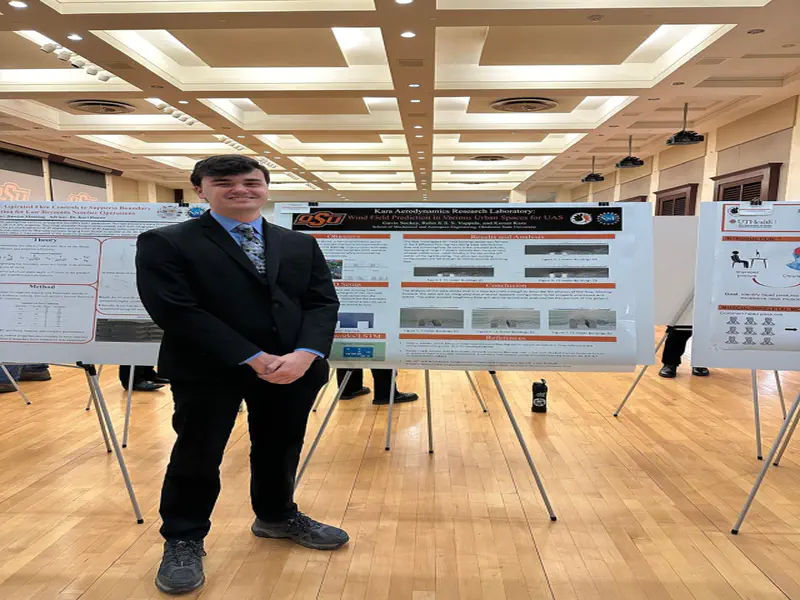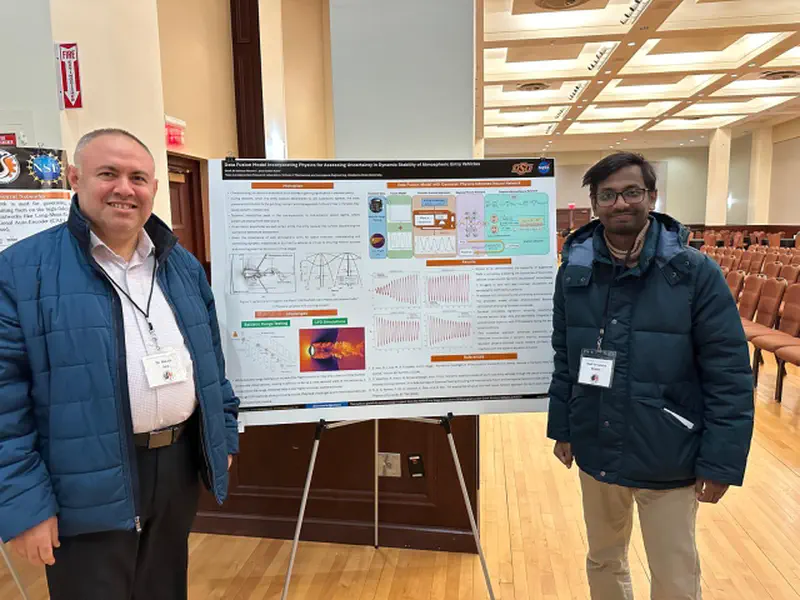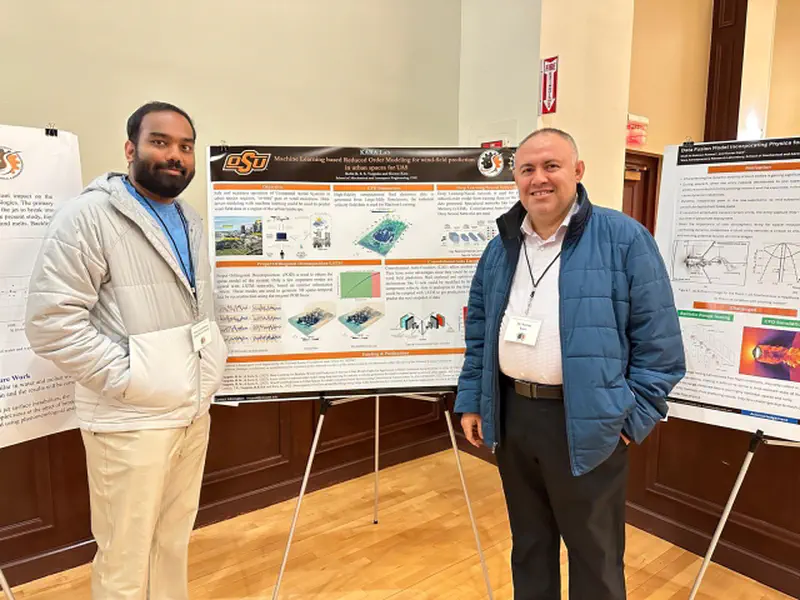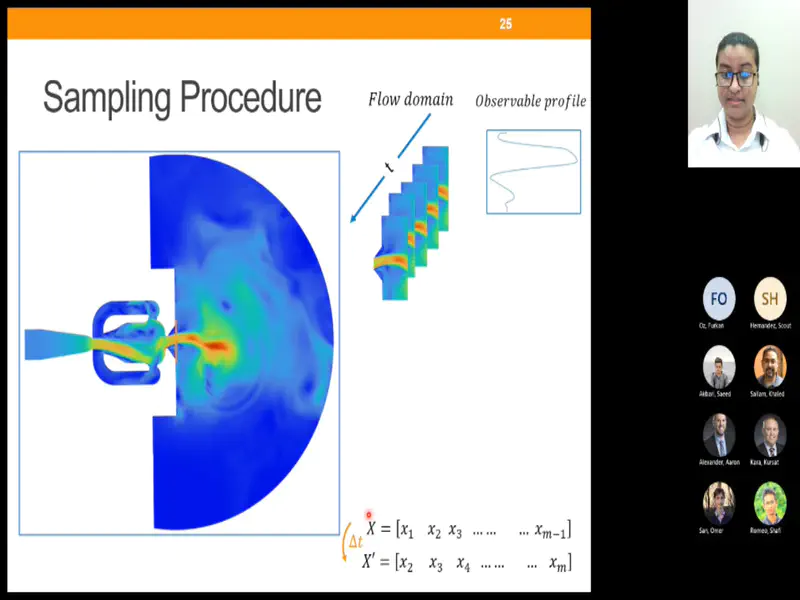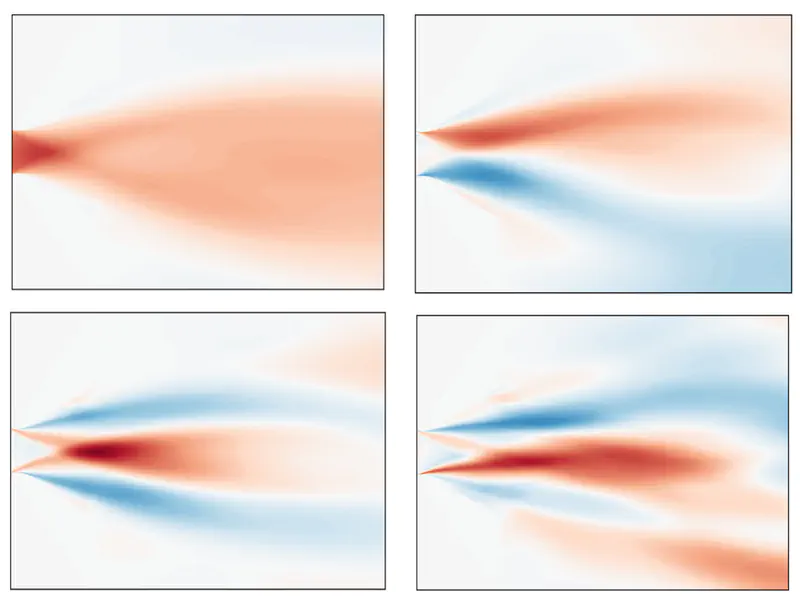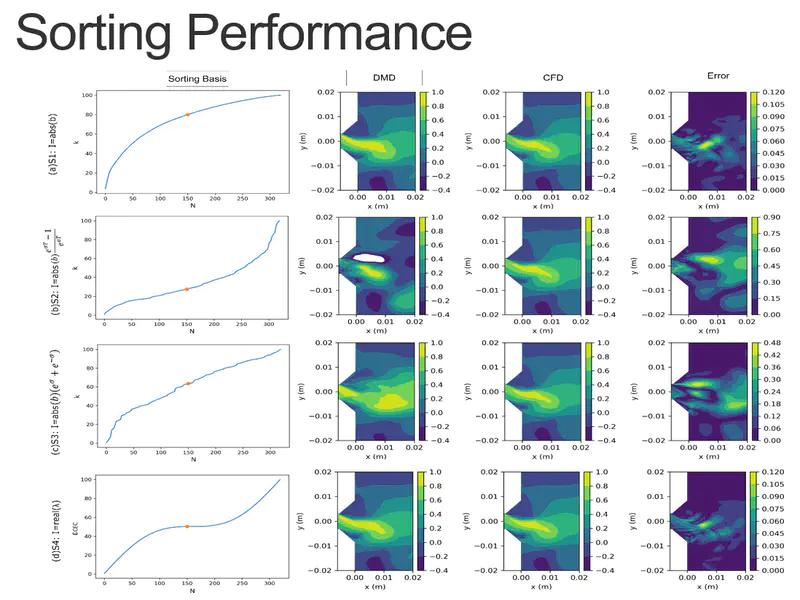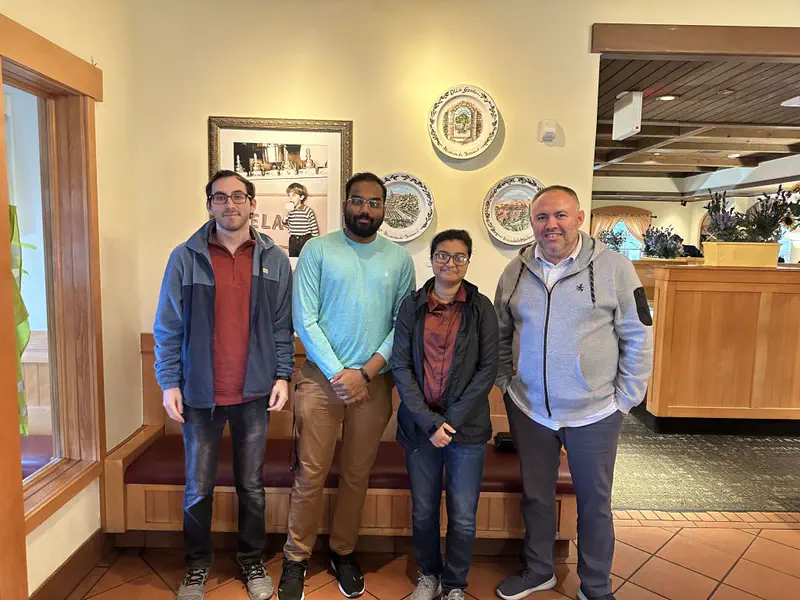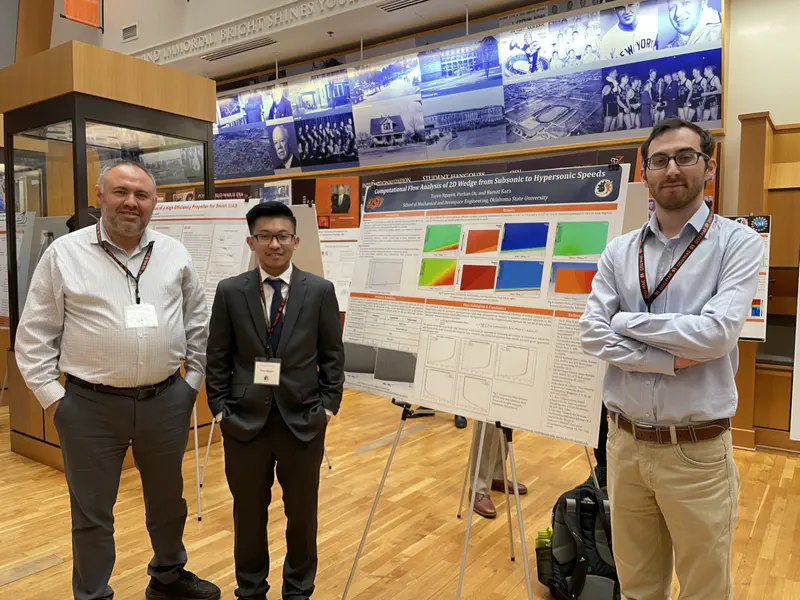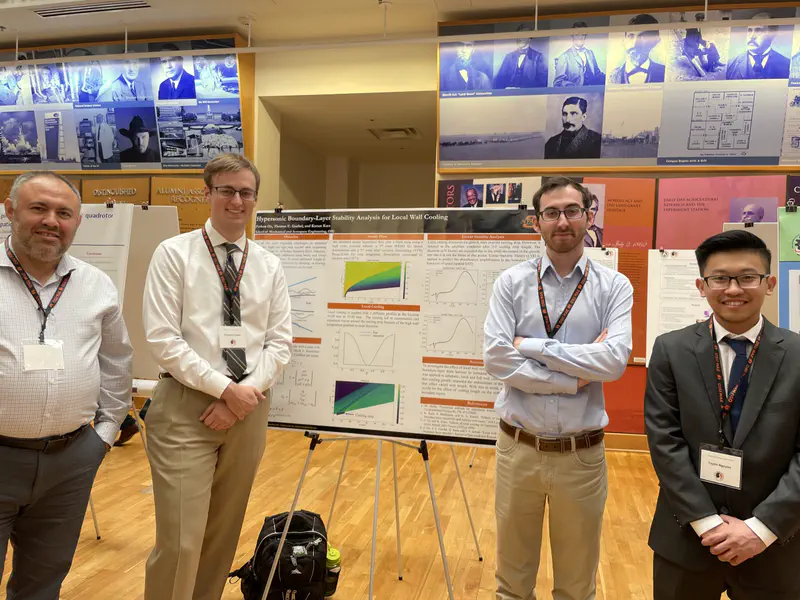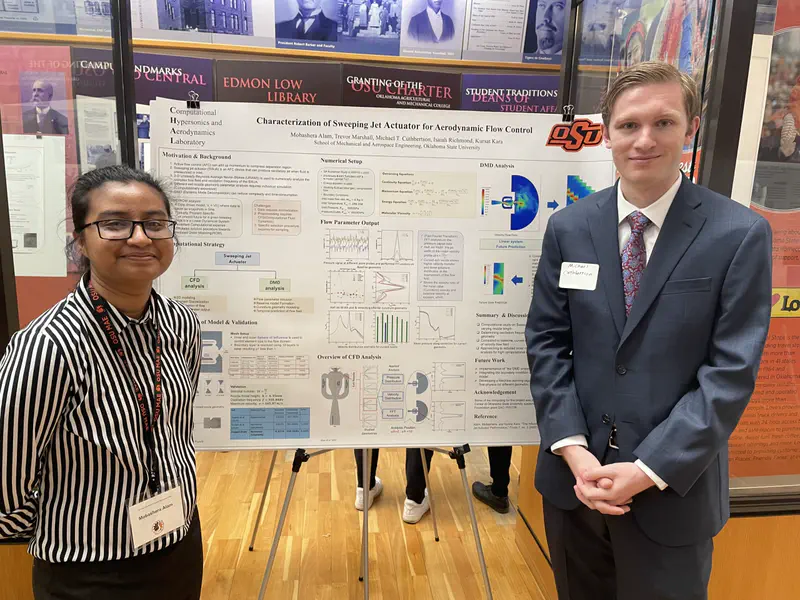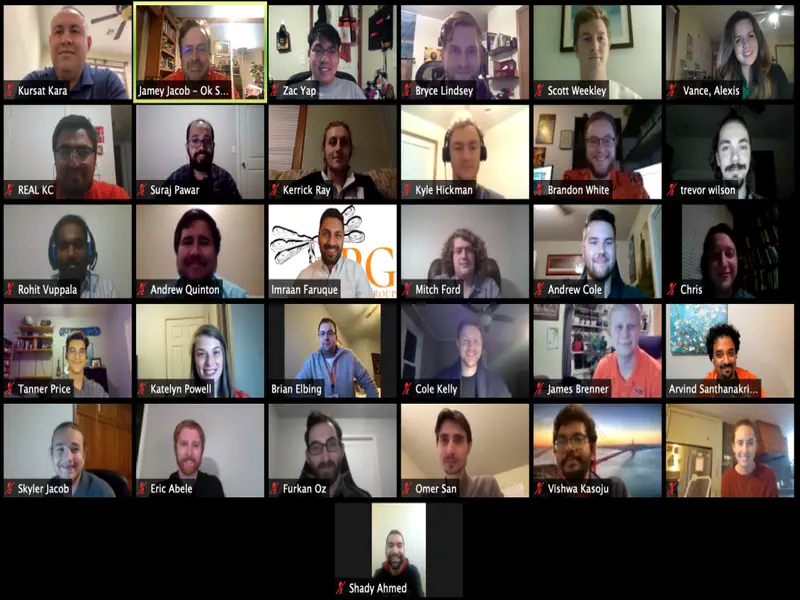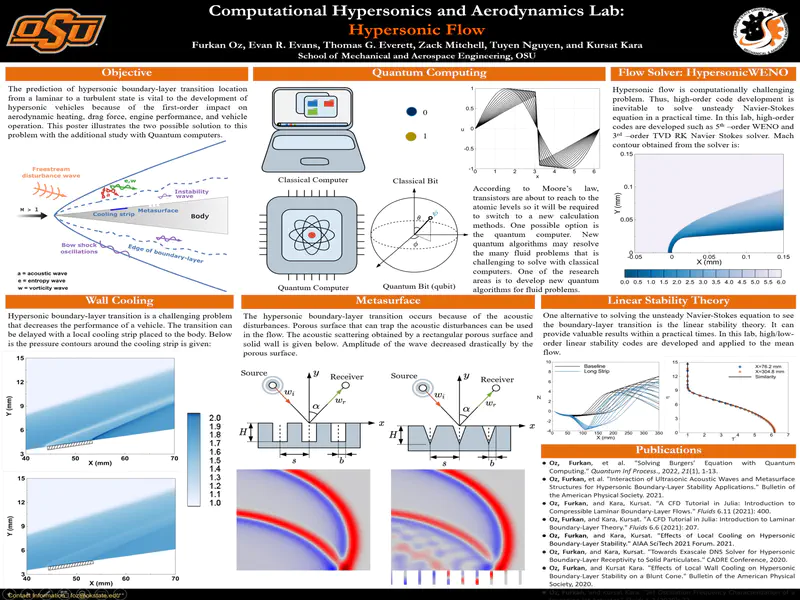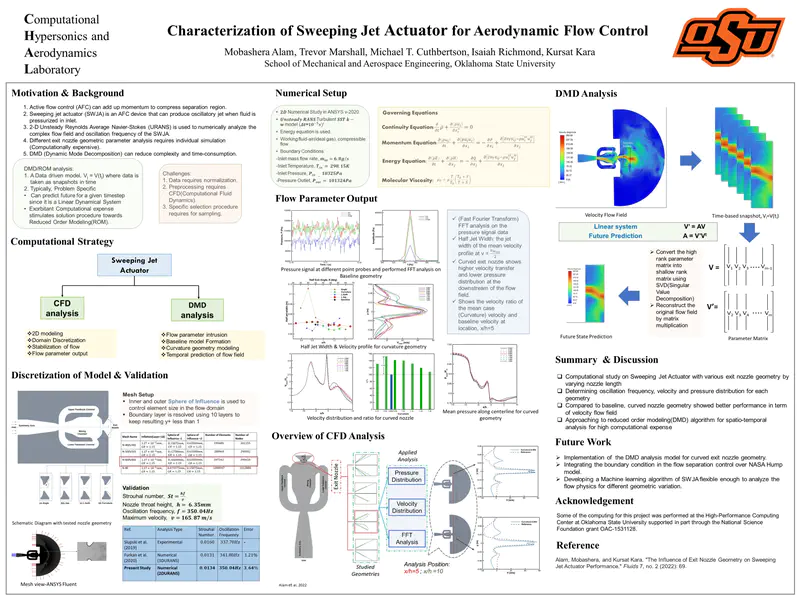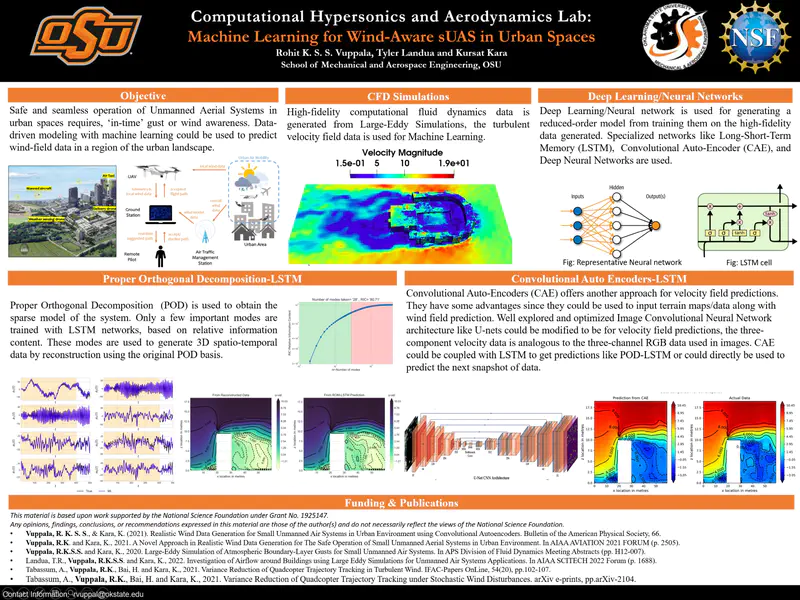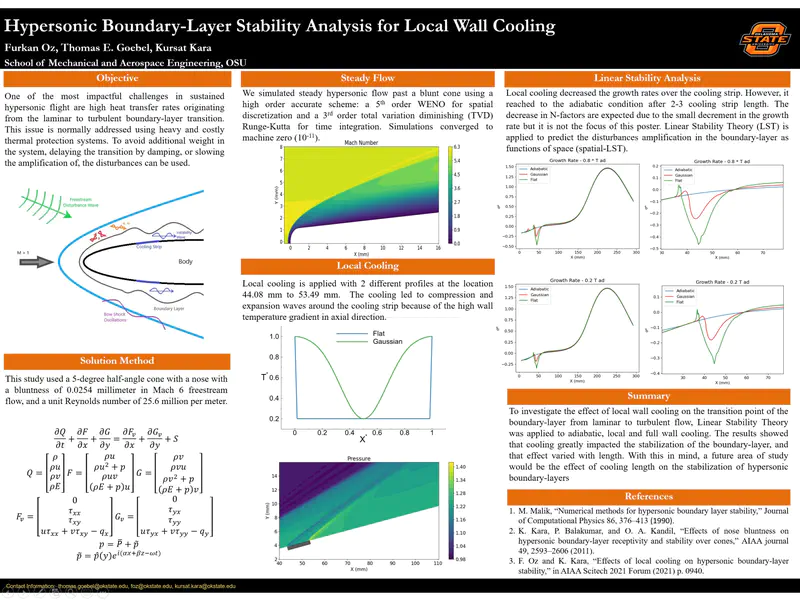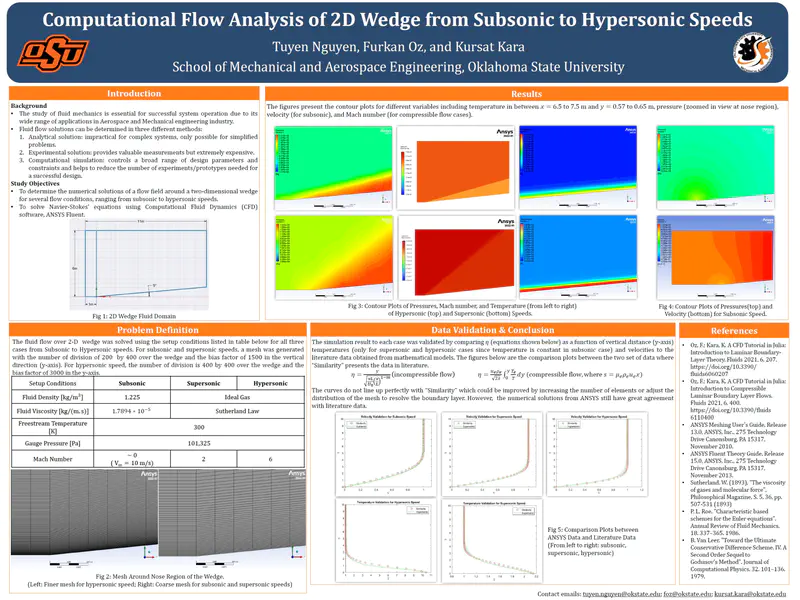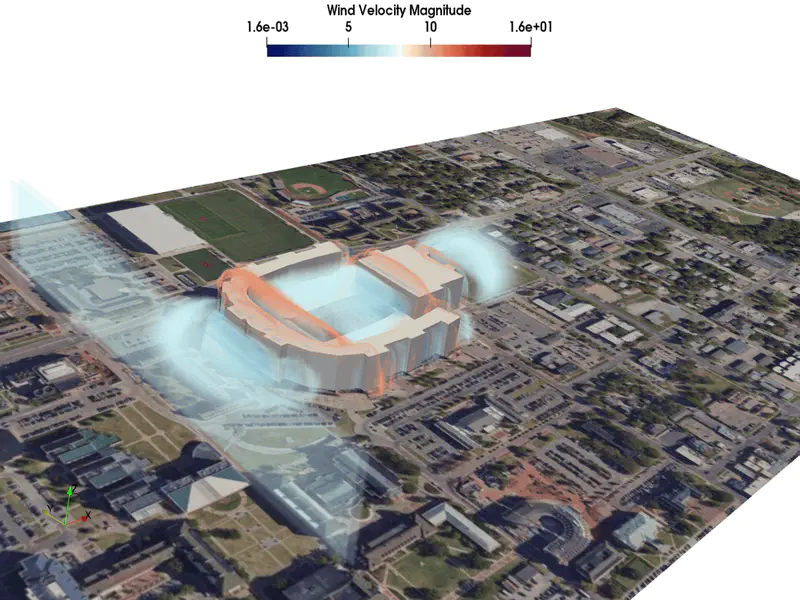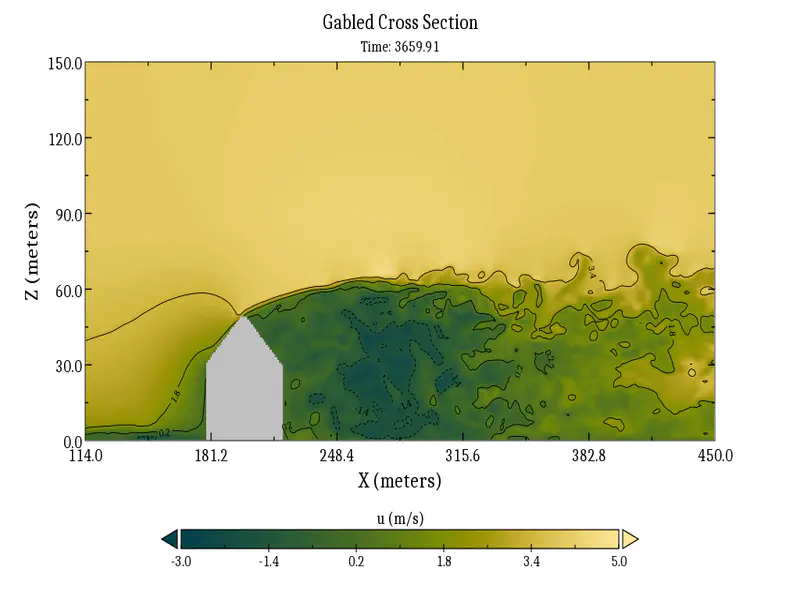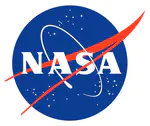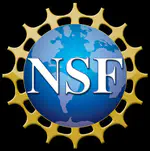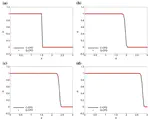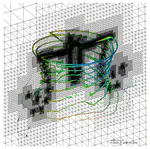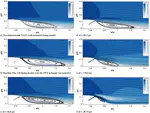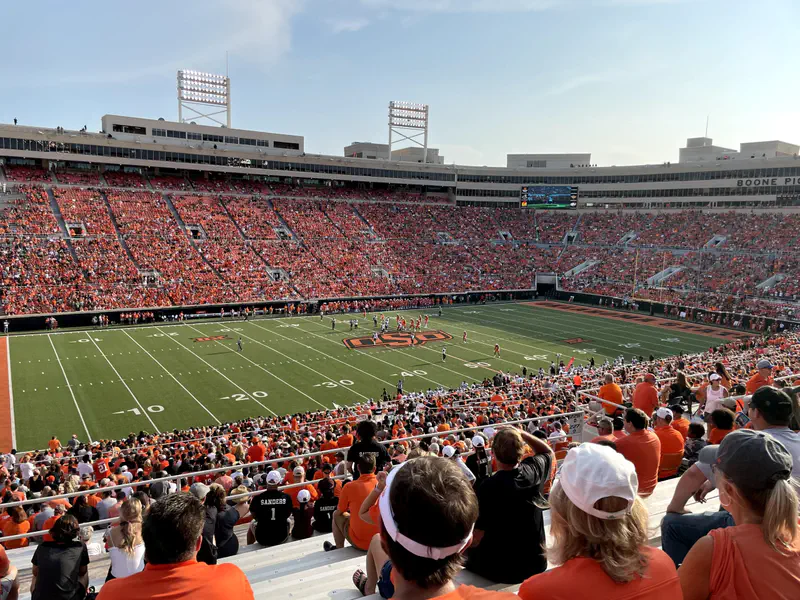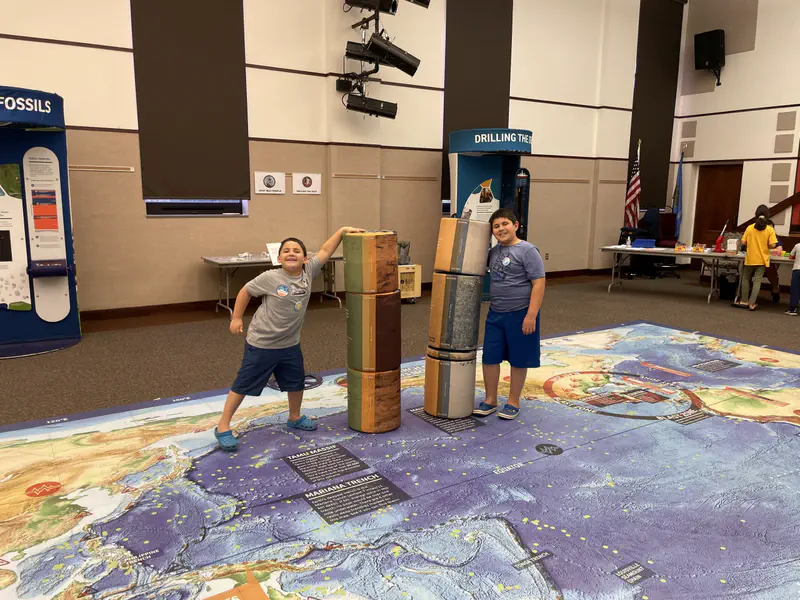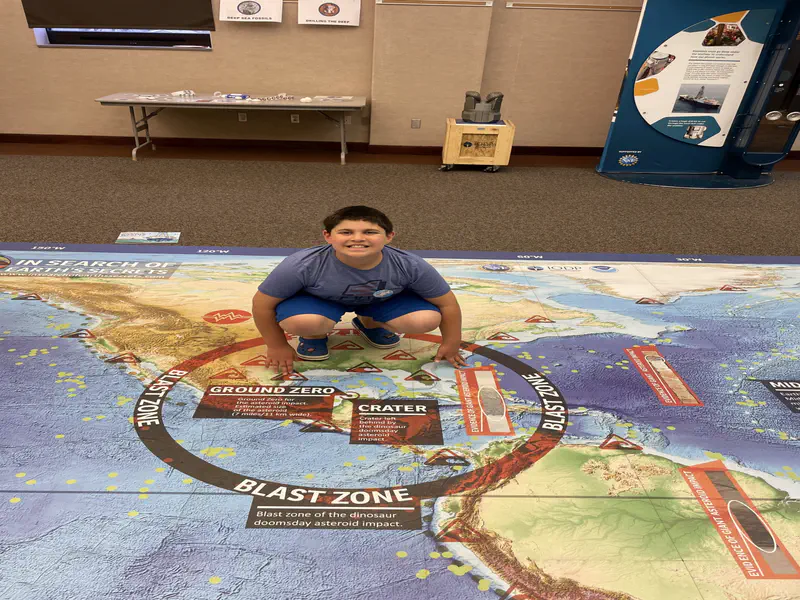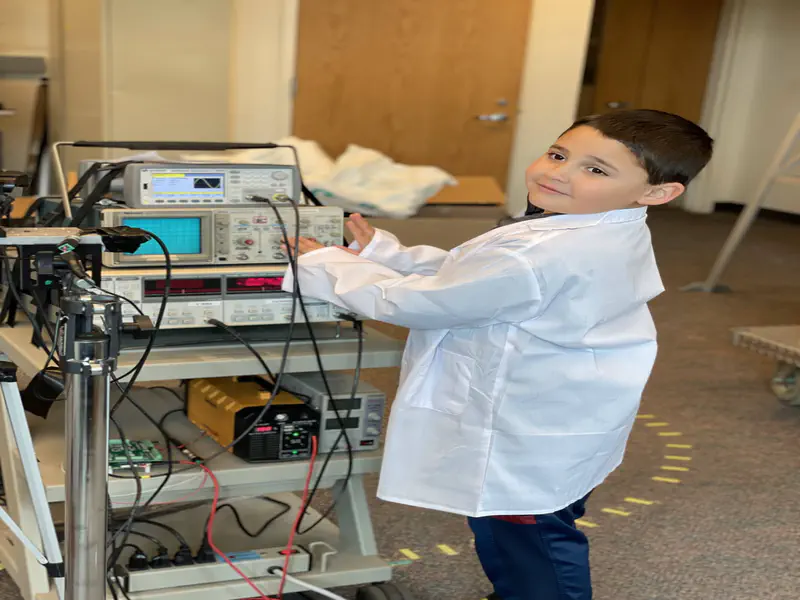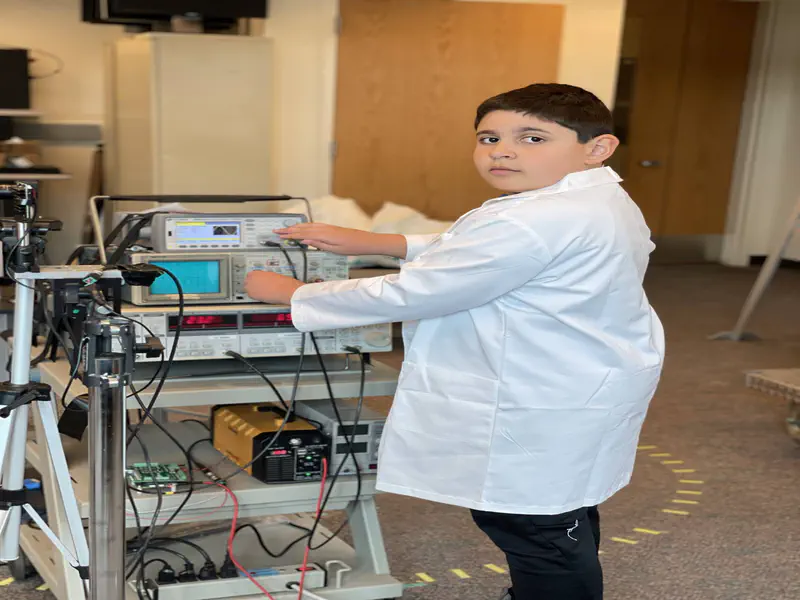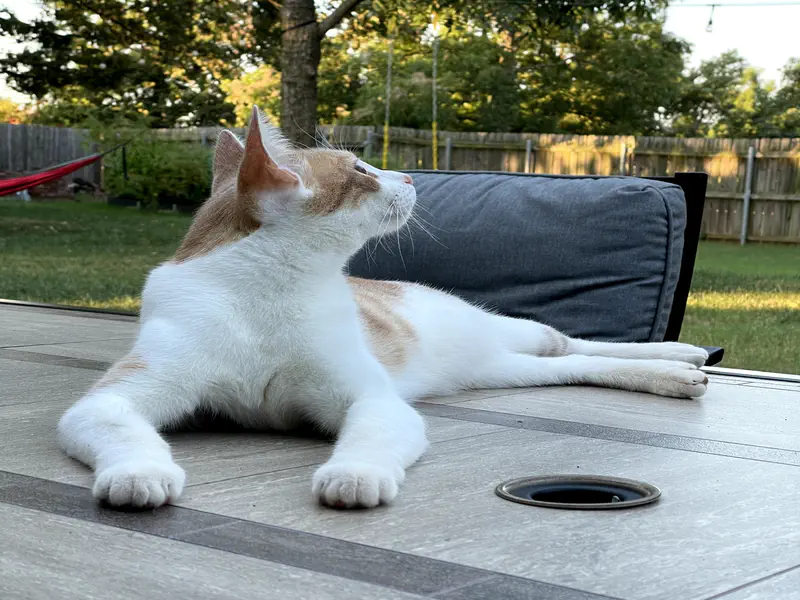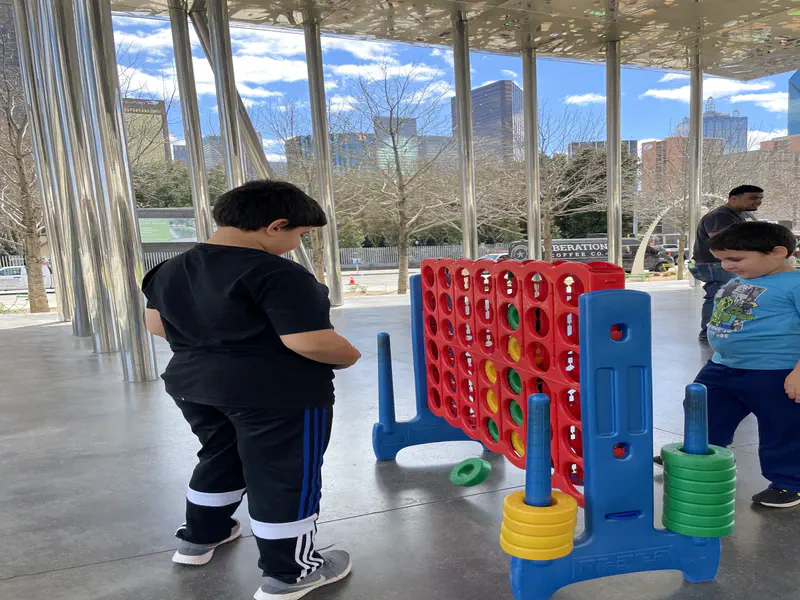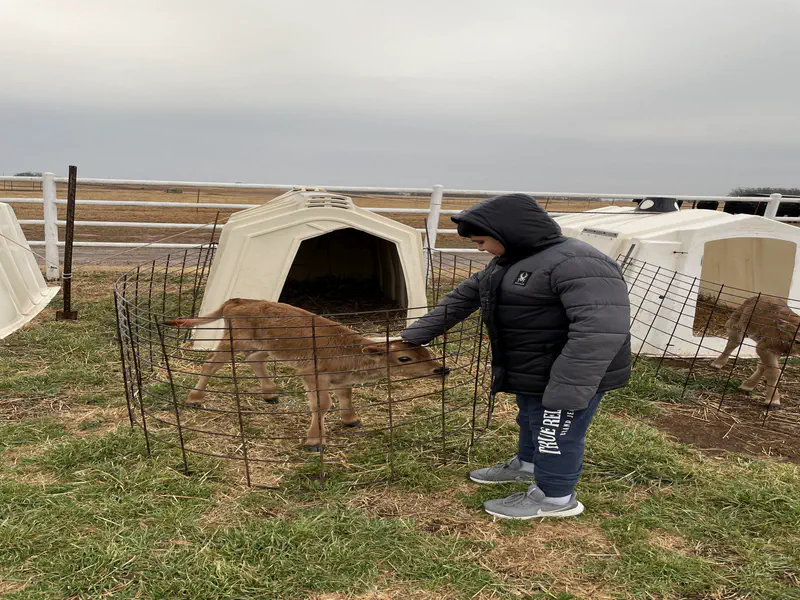Biography
Kursat Kara is an Associate Professor of Mechanical and Aerospace Engineering at Oklahoma State University and principal investigator of the Kara Aerodynamics Research Laboratory. His research spans hypersonic boundary-layer physics, unsteady aerodynamics, and the emerging interface of quantum computing and fluid dynamics. A dedicated educator and mentor, he teaches core and advanced courses—including Fundamentals of Aerodynamics, Computational Fluid Dynamics, Boundary-Layer Theory and Transition, and Quantum Computing—and supervises graduate and undergraduate projects in high-fidelity simulation and data-driven modeling. His work has been funded by NASA, NSF, Oklahoma NASA-EPSCoR, NAVAIR, ANSYS, and IBM Quantum. In 2025, he received the CEAT Excellent Faculty Award and was nominated for both the 2024 Excellent Teacher Award and the 2025 Excellent Faculty Award by OSU’s School of Mechanical and Aerospace Engineering. Dr. Kara earned his Ph.D. from Old Dominion University with a dissertation on hypersonic boundary layer receptivity to acoustic disturbances. He began his career as a research engineer at New England Analytics (supporting Sikorsky Aircraft), then completed a post-doctoral appointment at Penn State in hot jet simulations for aeroacoustics. In 2010, he helped establish the Aerospace Engineering Department at Khalifa University—where he won the President’s Faculty Excellence Award for Outstanding Teaching in 2015—before joining OSU. An active member of AIAA and APS, he served on the AIAA Applied Aerodynamics Technical Committee (2012–2021) and chaired/co-chaired multiple AIAA conferences. He also sits on the editorial board of Nature Scientific Reports and guest-edits its Quantum Computing collection.
AIAA Conference Leadership
Served as technical chair or co-chair for multiple Applied Aerodynamics conferences:
- Conference Technical Co-Chair, 32nd AIAA Applied Aerodynamics Conference, AVIATION 2014 (Atlanta, GA)
- Conference Technical Co-Chair, 34th AIAA Applied Aerodynamics Conference, AVIATION 2016 (Washington, D.C.)
- Conference Technical Chair, SciTech 2018 Applied Aerodynamics Track (Kissimmee, FL)
- Conference Technical Co-Chair, 38th AIAA Applied Aerodynamics Conference, AVIATION 2020 (virtual)
PostDoc in Aerospace Engineering, 2010
Penn State
PhD in Aerospace Engineering, 2008
Old Dominion University
MSc in Aeronautical Engineering, 2003
Istanbul Technical University
BSc in Aeronautical Engineering, 1999
Istanbul Technical University
Projects
Recent Publications
Quickly discover relevant content by filtering publications.
The complete publication list is at the Google Scholar.
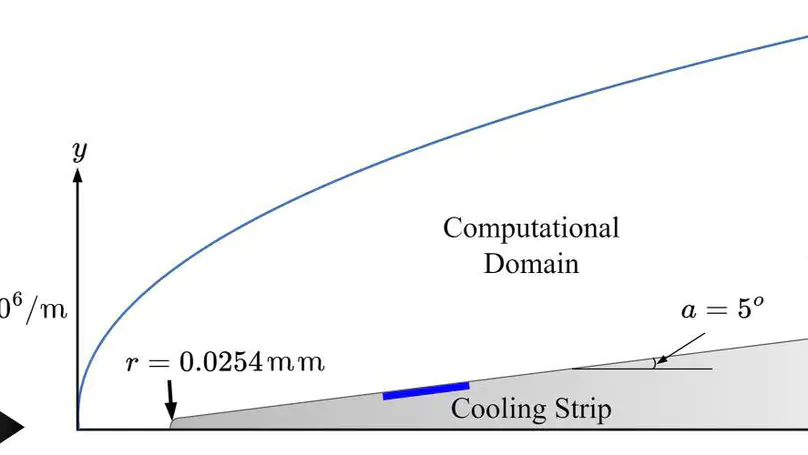
This work demonstrated that the cooling strip upstream of the synchronization point stabilized the boundary layer by damping the disturbances. The longer cooling strip further stabilized the boundary layer.
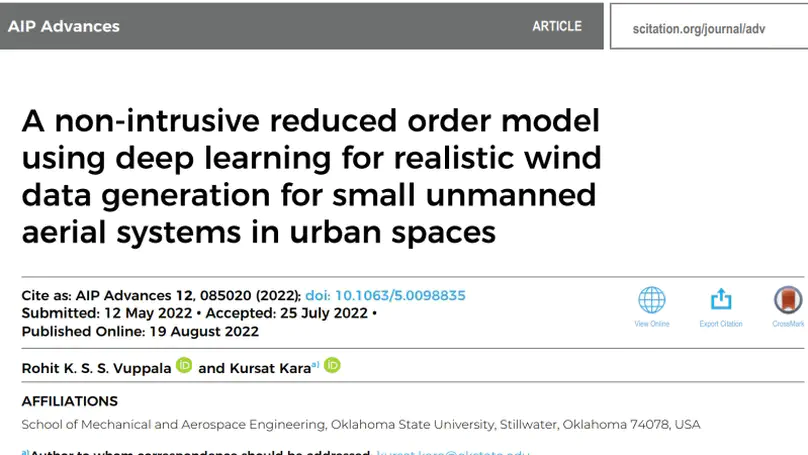
Realistic wind data are essential in developing, testing, and ensuring the safety of small unmanned aerial systems in operation. We present a non-intrusive reduced order modeling (NIROM) approach to replicate realistic wind data and predict wind fields.
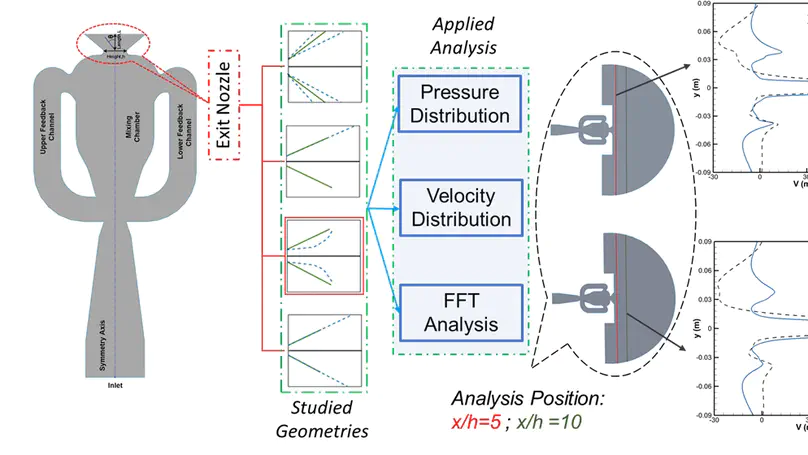
When pressurized with a fluid, the sweeping jet actuator (SWJA) emits a self-induced and self-sustained temporally continuous, but spatially oscillating bi-stable jet at the outlet. The results showed that external geometric variations at the nozzle exit had a negligible impact on the oscillation frequency. However, there were notable effects on the pressure and velocity distribution in the flow field, indicating that the actuator had sensitivity towards the geometric variation of the exit nozzle—the wider the exit nozzle, the lower the downstream velocity. Notably, we observed that the mean velocity at the exit nozzle downstream for the curvature case was 40.3% higher than the reference SWJA.
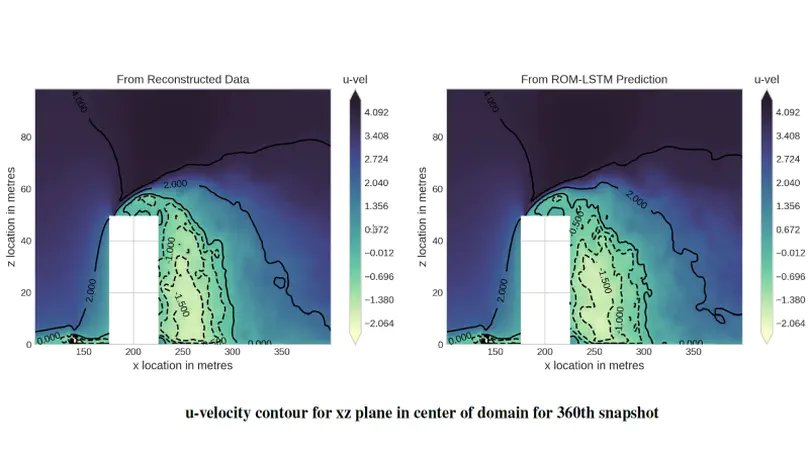
We use Large-Eddy Simulation to understand the unsteady and highly coherent turbulent flow structures produced by buildings in neutral atmospheric boundary layer flow. Furthermore, we demonstrate a non-intrusive machine learning methodology to predict flow fields to augment safe wind-aware navigation systems for Unmanned Aerial Vehicles as a first step toward safely integrating UAS into existing aerial infrastructure.
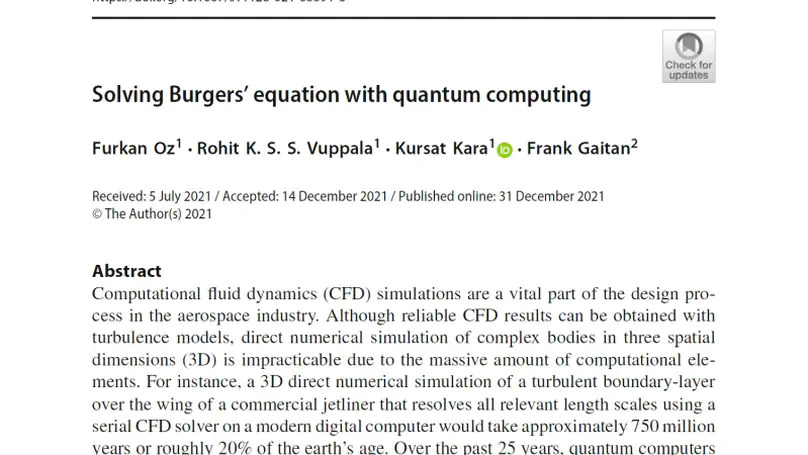
This paper adopts a recently introduced quantum algorithm for partial differential equations to solve Burgers’ equation and develops a quantum CFD solver. We used our quantum CFD solver to verify the quantum Burgers’ equation algorithm to find the flow solution when a shockwave is and is not present. We found excellent agreements for both cases, and the error of the quantum CFD solver was comparable to that of the classical CFD solver.
Experience
Research Areas:
- Quantum Computing for Fluid Dynamics
- Physics-Guided Multifidelity Learning
- Blunt-Body Dynamic Stability
- Realistic Urban Wind Field Generation for UAVs
- Computational Aerodynamics
- Hypersonic Aerothermodynamics
- Flow Separation Control
- 2025 CEAT Excellent Faculty Award
- 2024 CEAT Excellent Teacher Award Nominee
- Faculty Excellence Award for Outstanding Teaching (2014-2015)
- Development of Khalifa University Flow Facilities – $3,500,000
- Low-Speed Wind Tunnel (30m x 8m x 4.9m)
- Flow Measurement Equipment: Stereo PIV, Time-Resolved PIV, Mini - Laser Doppler Anemometry, Hot-wire Anemometry, Optic Tables, Traverse System, and Force/Moment Balance
- Graduate Student Advising
- Developed/Delivered the several undergraduate and graduate courses
- Supervisor: Dr. Philip J. Morris
- Large Eddy Simulations of Hot Supersonic Jets for Aeroacoustics DOD-Navy-STTR-Contract Number: N68335-09-C-0370
- Instructor: AERSP 312 Aerospace Analysis (May 2010 - July 2010)
Contact Me
- kursat.kara@okstate.edu
- (405)744-5900
- 300 Engineering South, Stillwater, OK 74078
